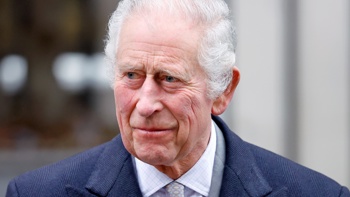Unemployment has dropped to an 11 year low - defying gloomy economic forecasts that it was on the rise.
The unemployment rate was 3.9 per cent in the June 2019 quarter, down from 4.2 per cent in the March 2019 quarter, Stats NZ said.
This is the lowest unemployment rate since the June 2008 quarter, when it was 3.8 per cent.
Economists had anticipated the rate would rise to 4.3 or 4.4 per cent and had warned of growing slack in the jobs market.
There were no signs of that in today's data.
Finance Minister Grant Robertson described the latest figures as "a tick of approval for the Coalition Government's economic plan and responsible management of the economy."
However hew warned of an increasingly volatile global situation.
"Only last night we saw another escalation in the US-China trade war, while Brexit continues to add uncertainty," he said.
"We cannot get complacent in the face of slowing global economic growth, and these indicators will move around a bit. But, in New Zealand, we are running a surplus, have decade-low unemployment, and rising wages."
Robertson noted that the number of people in employment increased by more than 21,000 over the three months to June 30, and annual wage growth hit a decade-high of 4.4 per cent.
Private sector wage inflation – including overtime - rose 0.8 percent in the quarter for a 2.2 per cent annual increase.
Public sector wage inflation was up 0.4 percent in the quarter for a 2.2 percent annual gain.
Average ordinary time hourly earnings increased to $32.37 (up 4.4 percent). This is the largest percentage increase in average ordinary time hourly earnings since June 2009, when it was 4.7 per cent.
Employers' & Manufacturers' Association chief executive Brett O'Riley told Heather du Plessis-Allan it's a surprise, and not necessarily a welcome one.
He says it shows just how tight the labour market is.
"We're already seeing employers holding off on expansion because they just aren't certain they can find staff."
He says that some employers are looking at how they can offer flexible roles.
"There is certainly a lot of older workers looking for work, people returning from paternal leave."
ASB chief economist Nick Tuffley said the labour market statistics were much stronger than expected.
They had "confounded" forecasts by the Reserve Bank and market economists.
The fall in unemployment "essentially reflected a jump in employment without any corresponding response in labour supply," he said.
"However, given the inherent volatility and uncertainty in the series, we're inclined to take the data with a grain of salt," he said. "This is particularly so given the forward indicators of the labour market continue to deteriorate."
The data didn't change his view on RBNZ rate policy.
"We still expect a 25bps rate cut tomorrow and a further cut in November, taking the OCR to 1 per cent."
The Māori unemployment rate was 7.7 per cent in the June 2019 quarter, down from 9.4 per cent last year.
This reflects a decrease in the number of unemployed Māori (down 6,400). At the same time, the number of Māori who were not in the labour force increased (up 14,600).
This is the lowest Māori unemployment rate since the June 2008 quarter, when it was 7.2 percent.
"Since late 2012, the seasonally adjusted unemployment rate has largely been tracking down towards levels seen before the global financial crisis in 2008," said labour market and household statistics senior manager Sean Broughton.
Take your Radio, Podcasts and Music with you









